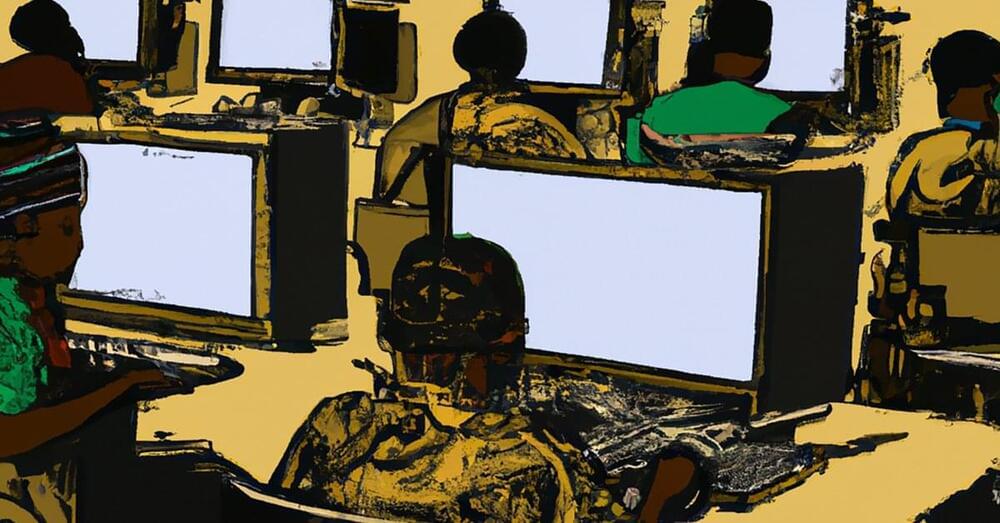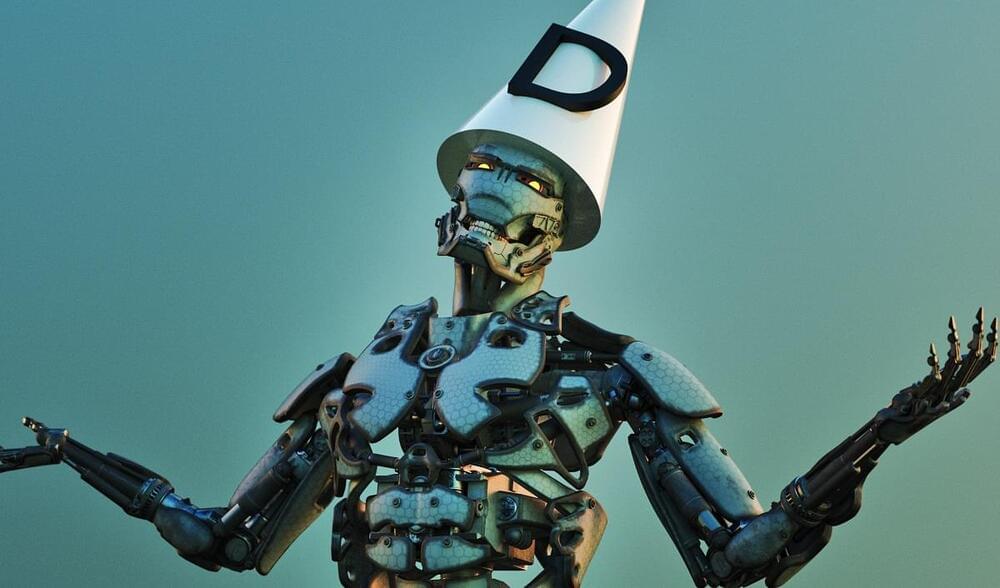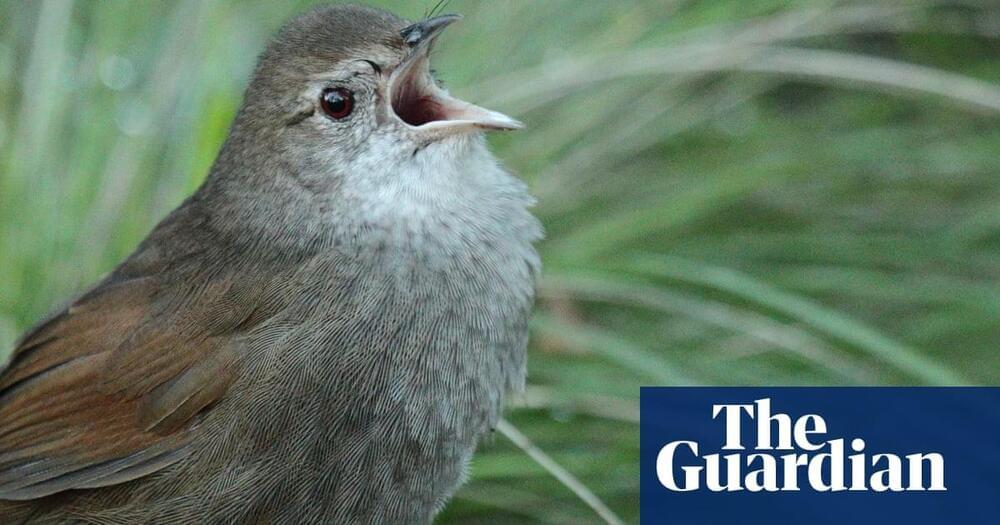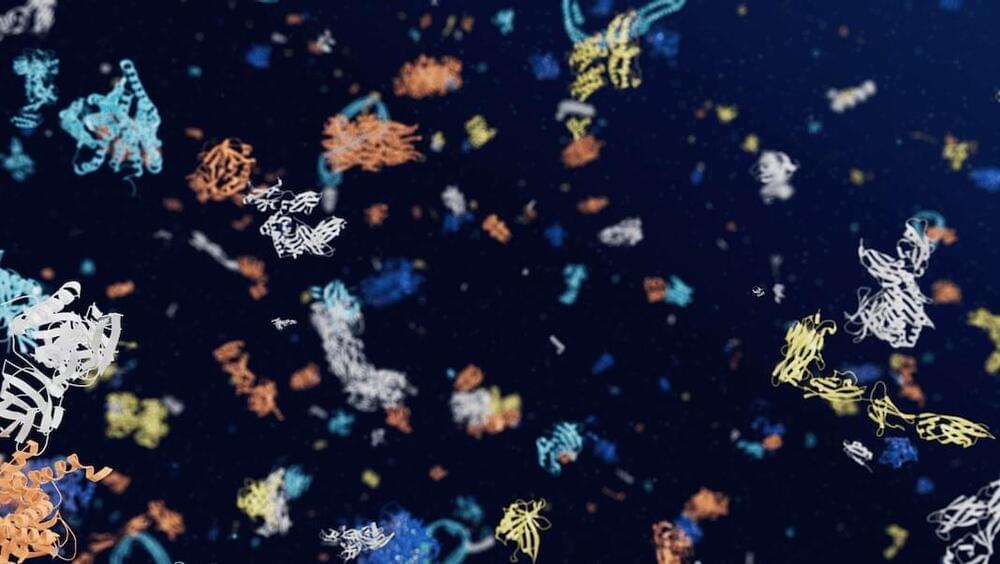ChatGPT was hailed as one of 2022’s most impressive technological innovations upon its release last November. The powerful artificial intelligence (AI) chatbot can generate text on almost any topic or theme, from a Shakespearean sonnet reimagined in the style of Megan Thee Stallion, to complex mathematical theorems described in language a 5 year old can understand. Within a week, it had more than a million users.
ChatGPT’s creator, OpenAI, is now reportedly in talks with investors to raise funds at a $29 billion valuation, including a potential $10 billion investment by Microsoft. That would make OpenAI, which was founded in San Francisco in 2015 with the aim of building superintelligent machines, one of the world’s most valuable AI companies.
But the success story is not one of Silicon Valley genius alone. In its quest to make ChatGPT less toxic, OpenAI used outsourced Kenyan laborers earning less than $2 per hour, a TIME investigation has found.





